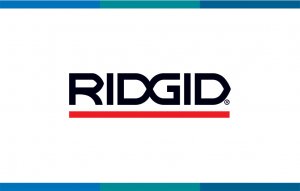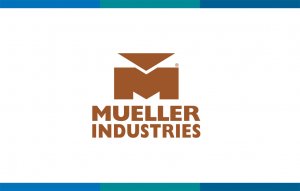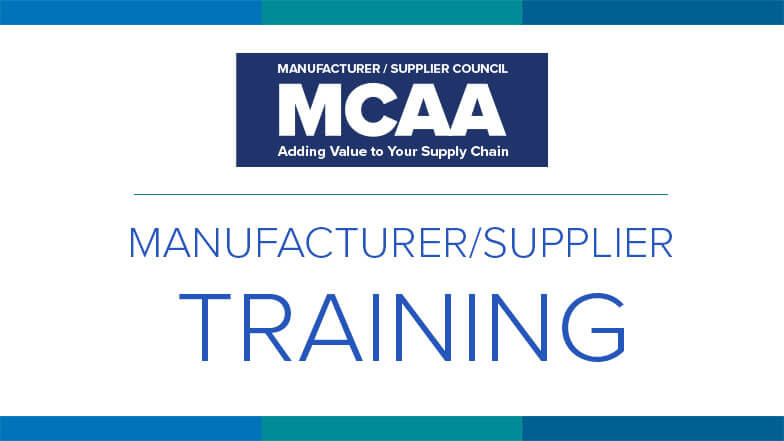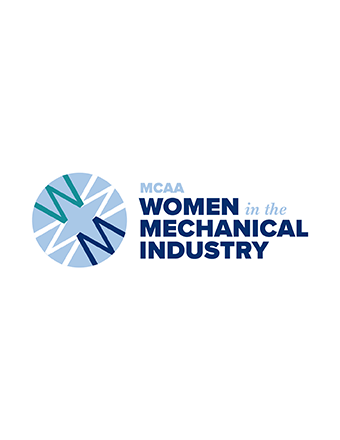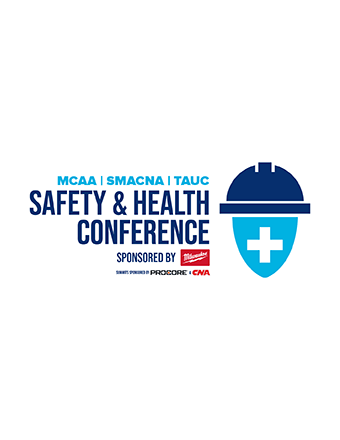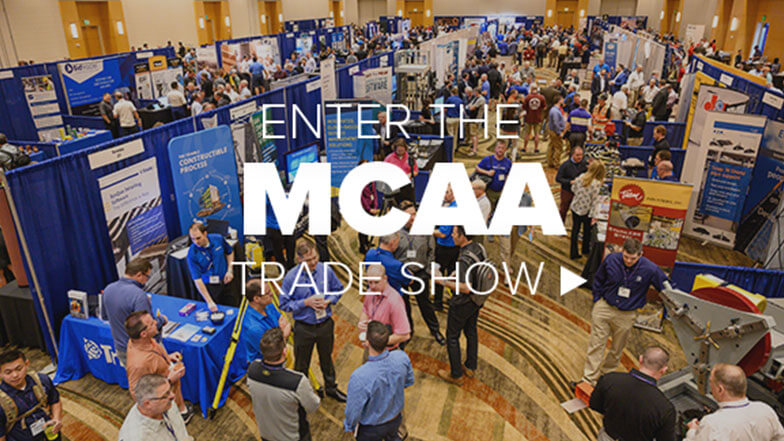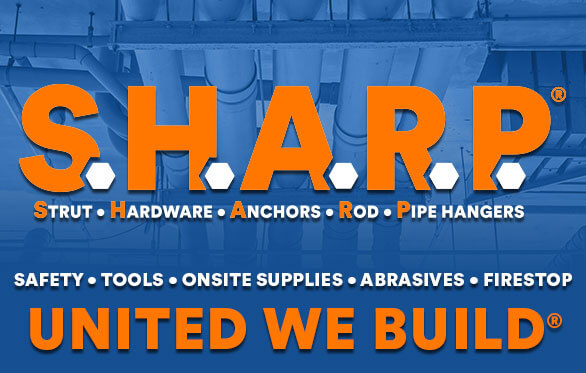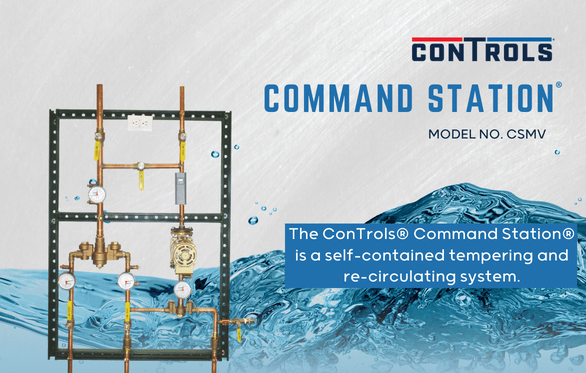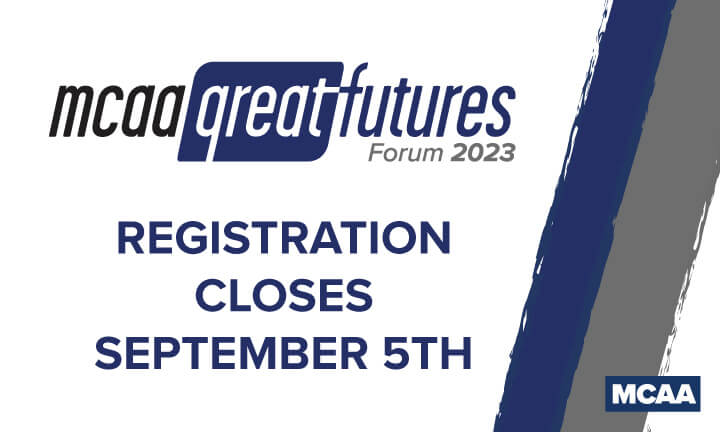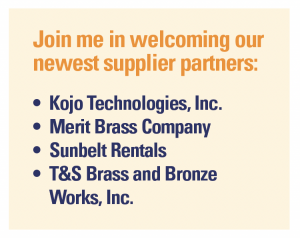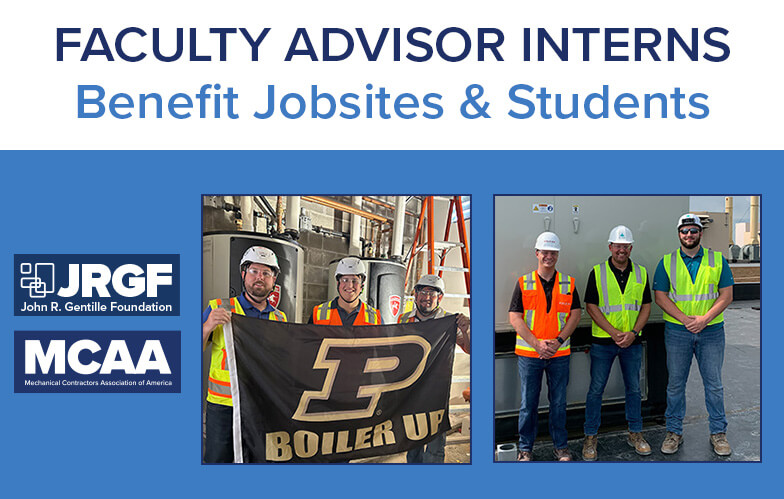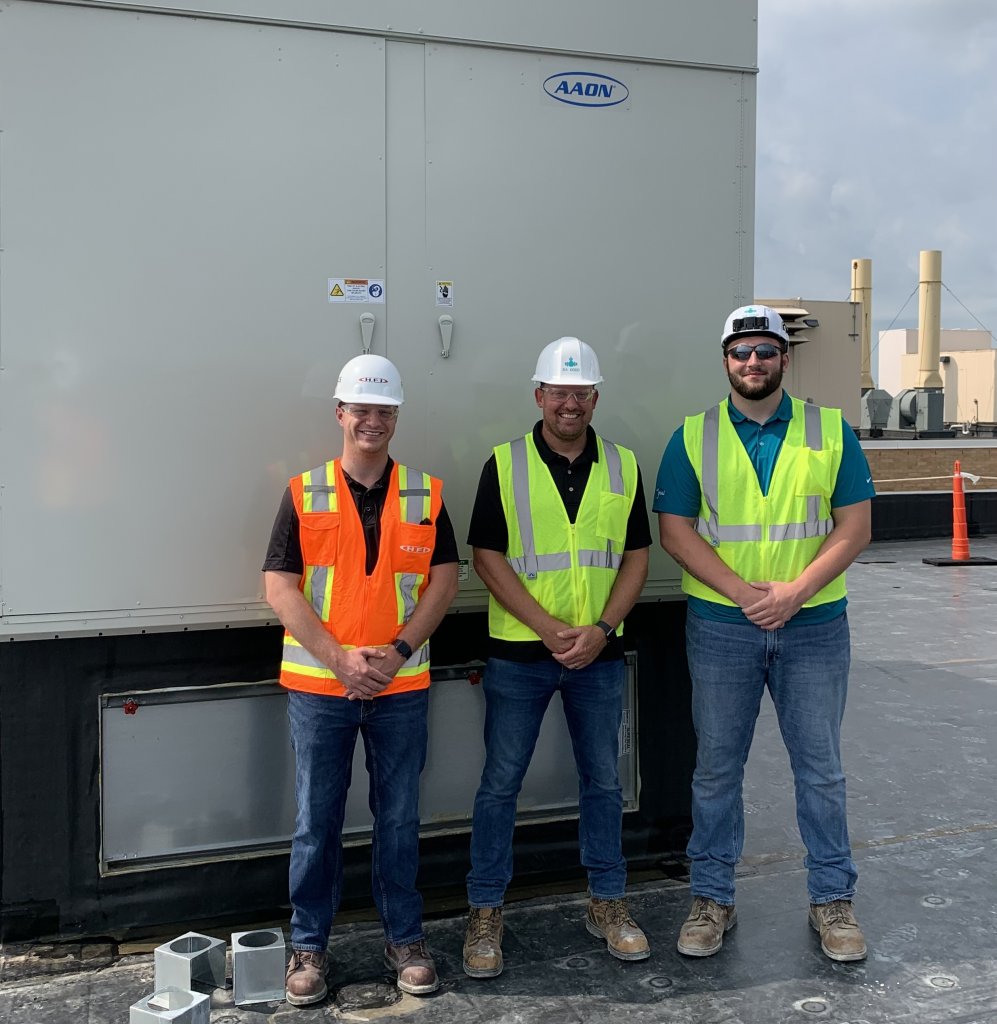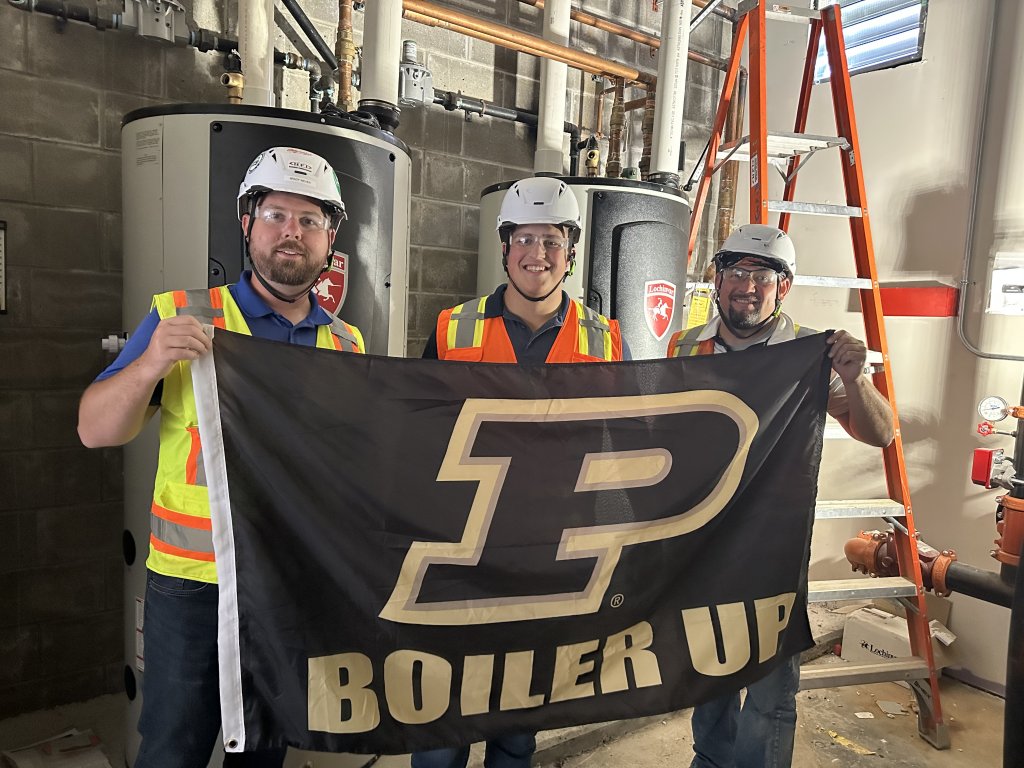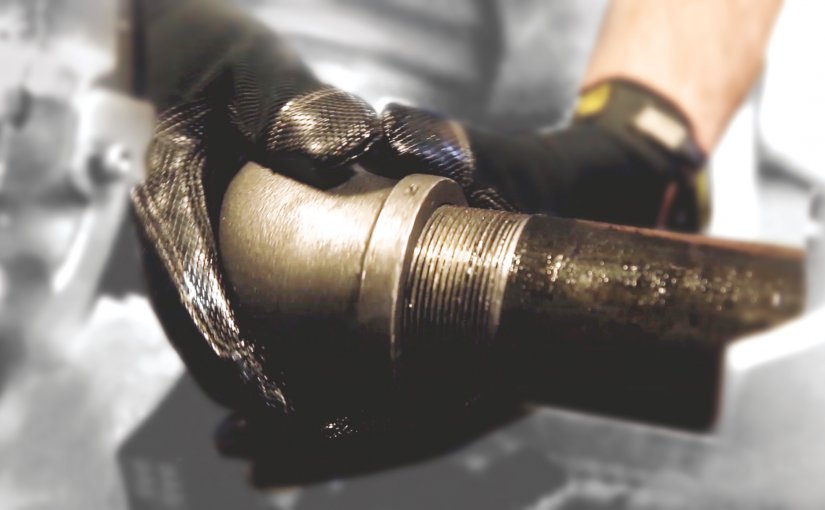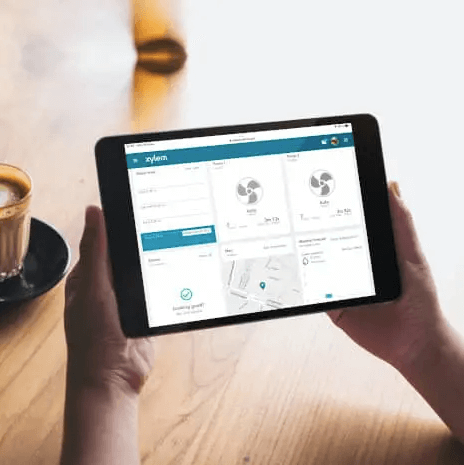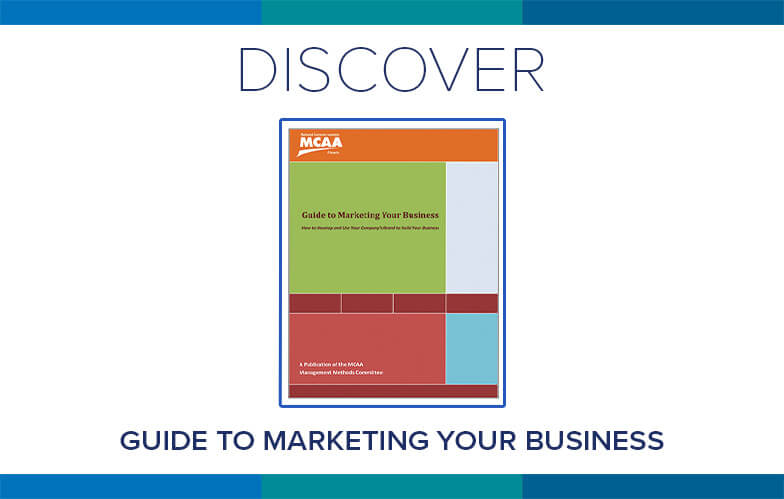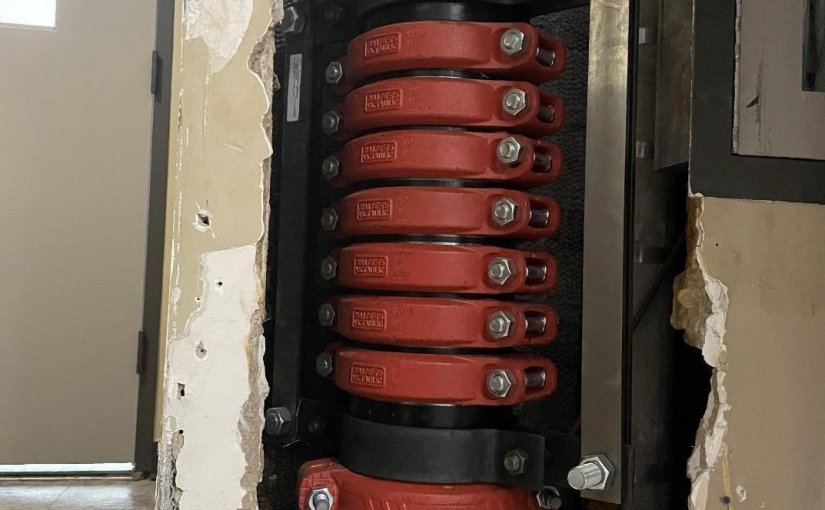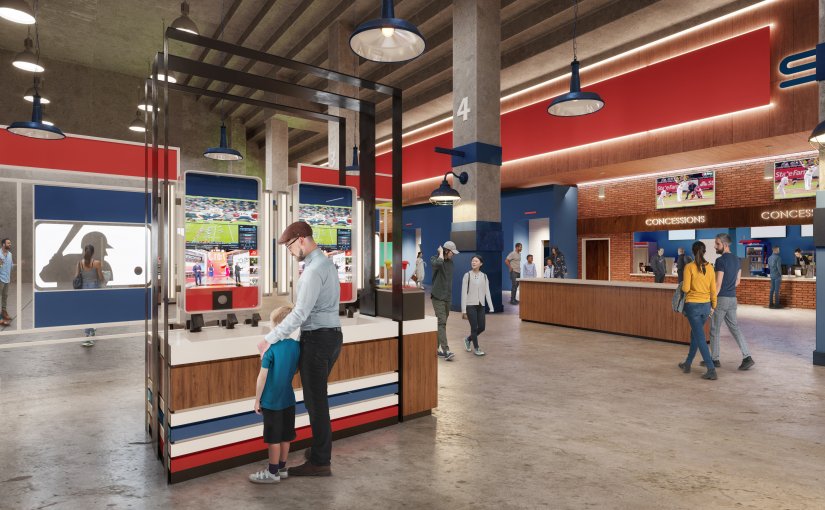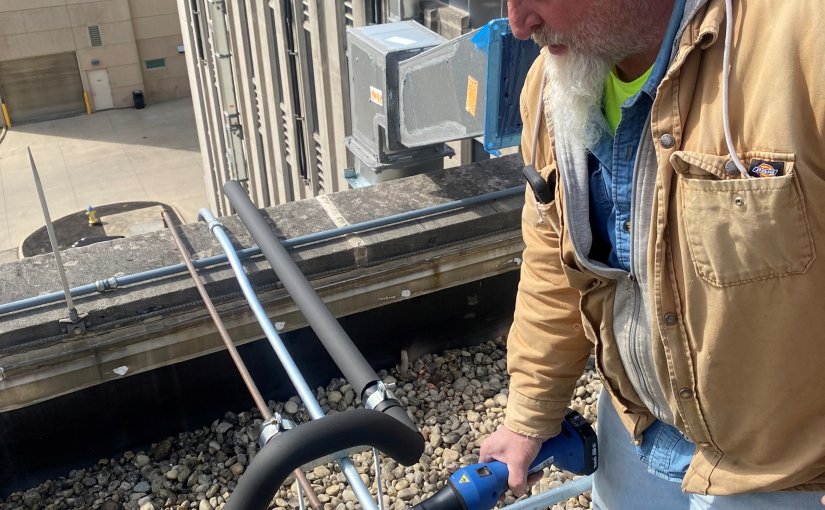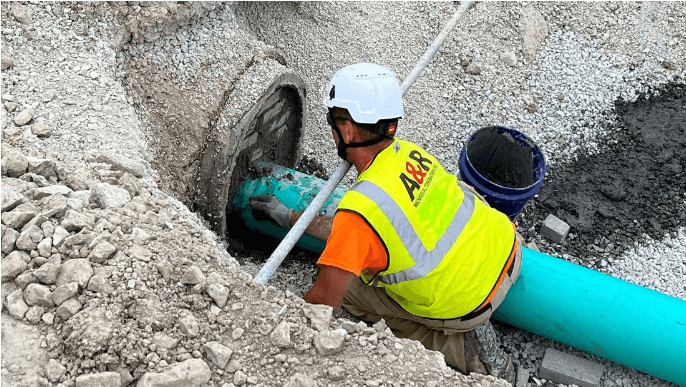To renovate an historic building while simultaneously seeking to reach new heights in sustainability, Holaday-Parks installed a water-saving vacuum plumbing system from AcornVac, a division of Morris Group International. The AcornVac system was among the solutions that earned the building recognition as one of the most environmentally friendly office spaces of its size worldwide. It also eliminates the need for costly trenching or core drilling.
Once a two-story building, 400 Westlake now stands tall as a 15-story office building, encompassing 180,000 square feet of office space and ground-floor retail. Situated in the vibrant South Lake Union district of Seattle, WA, it has the distinction of being part of Seattle’s Living Building Pilot Program, earning the esteemed Living Building Challenge’s Petal Certifications in the areas of energy, beauty, and place.
See the sidebar, Living Up to the Living Building Challenge, to learn more about living buildings.
Revolutionary Renovation
When Holaday-Parks assumed the role of mechanical and plumbing engineer-of-record for the 400 Westlake project in Seattle, WA, they anticipated the inevitable challenges that lay ahead. For Jennifer Schneider, the Holaday-Parks project manager for 400 Westlake, the magnitude of the project truly hit home when their team, in collaboration with project partners, received the prestigious 2023 Energy Vision Award. “This project is a groundbreaking endeavor that has the power to revolutionize the world and our industry,” said Schneider.
The transformative office renovation meticulously preserved the Art Deco-style auto garage initially constructed in 1929 for the Firestone Tire & Rubber Co. The result is a testament to sustainability.
A Water-Saving Solution
The decision to use vacuum plumbing was primarily driven by its water-saving capabilities, as AcornVac’s toilets require less than .5 gallons of water per flush. Compared with other low-volume flush systems, the AcornVac system significantly conserves water use.
Laura Marshall, AcornVac vice president, emphasized the importance of the vacuum plumbing system’s water and waste treatment savings. The vacuum flush water savings can amount to thousands of dollars and millions of gallons per year in larger applications. For instance, a commercial office building with 500 occupants, equipped with a single vacuum center and .5-gallon-per-flush vacuum toilets, can save over 265,000 gallons per year compared with other low-flush toilets. In addition, the vacuum system also provides drainage for lavatories, urinals, and other plumbing fixtures.
Vacuum plumbing is a straightforward and viable alternative to below-floor waste drainage. By using a combination of vacuum pressure and gravity, reduced volumes of water are required for toilet flushing, and waste piping can be routed through the ceiling in the same floor on which the plumbing fixtures are installed, so installers do not need to dig trenches or use core drilling. Vacuum drainage systems are widely accepted and recognized by many code authorities and are included in the latest editions of the International Plumbing Code (IPC) and the Uniform Plumbing Code (UPC).
Schneider had experience with the AcornVac system for condensate drainage at major retail stores. The scale of the 400 Westlake project posed new opportunities, and AcornVac provided active support throughout the installation process, conducting inspections and offering guidance on layout, installation, and commissioning.
“I would recommend working with AcornVac because they were helpful and engaged in the design and all the way through startup and commissioning,” Schneider added. “We had excellent support.”
Before beginning the installation, Holaday-Parks opted for an onsite mockup in the first restroom. This allowed them to meticulously plan and arrange all components, including piping and fixtures, ensuring proper layout to suit both installation requirements and future maintenance access.
The vacuum plumbing project has been a learning experience for Holaday-Parks, enabling the company to propose and execute large-scale sustainable projects confidently. “While we added some complexity, our crew now possesses a specialized skill set that sets them apart from their peers. It’s not something that is taught when learning the trade,” said Schneider.
Setting a New Standard
400 Westlake also stands out because of Holaday-Parks’ innovative incorporation of a greywater/rainwater harvesting and management system that provides toilet flush water for the AcornVac system. The roof collects rainwater, filling a 100,000-gallon vault that supplies the rainwater/greywater management system. If the system lacks sufficient rainwater/greywater, it automatically switches to the domestic water supply.
Marshall said of the rainwater/greywater system, “We have encountered many unique requirements and applications on other projects, but this was a very clever and creative addition to the system, and its benefits will extend to future building owners.”
400 Westlake was recently commissioned, and Schneider is confident that the system will perform flawlessly once the building is fully occupied. Water savings will be quantified and documented over time through water metering, and water savings certifications are anticipated in approximately 18 months. It is anticipated that 400 Westlake will generate 105 percent of its energy needs and consume 35 percent less energy than a typical office building.
Marshall expressed pride in Holaday-Parks’ accomplishments, commending their willingness to embrace creative planning and use of vacuum plumbing and rainwater/greywater harvesting for water savings. “Their achievements have not only benefited their clients, but the community and the environment,” Marshall remarked. “They have set a new industry standard.”
For more information, visit www.morrisgroup.co.
Sidebar: Living Up to the Living Building Challenge
The Living Building Challenge is a green building certification program, administered by the International Living Future Institute. Seattle, WA, implemented the Living Building Pilot Program as part of a strategy to become carbon-neutral by 2050. The Challenge uses a flower motif, which symbolizes efficiency, and is organized around seven performance areas, or “petals”: place, water, energy, health and happiness, materials, equity, and beauty.
A Living Building is a sustainable structure that surpasses traditional green building standards by meeting rigorous performance standards in energy, water, materials, and indoor air quality. These high-performance buildings incorporate advanced engineering systems to reduce environmental impact and enhance human well-being. They use renewable energy sources, like solar and wind power, and innovative water management systems, such as rainwater harvesting and vacuum drainage.
Living Buildings promote a connection with nature through features such as natural ventilation, daylighting, and biophilic design. They are built with nontoxic, locally sourced materials and designed for disassembly and recycling, fostering a circular economy. Living Buildings showcase cutting-edge sustainable engineering to create efficient, environmentally friendly spaces that prioritize human health and well-being.
Download Living Building Challenge 4.0: A Visionary Path to a Regenerative Future, here.
Sidebar: Keys to Success
The renovation of 400 Westlake in Seattle represents a collaboration of the following key individuals:
- For Holaday-Parks: Jennifer Schneider, Project Manager; Michael Cook, Engineering Manager; Blake Hallauer, Engineer; and Tony Bandli, Plumbing Foreman
- For Crutcher Lewis: Ashley Frederick, Project Executive
